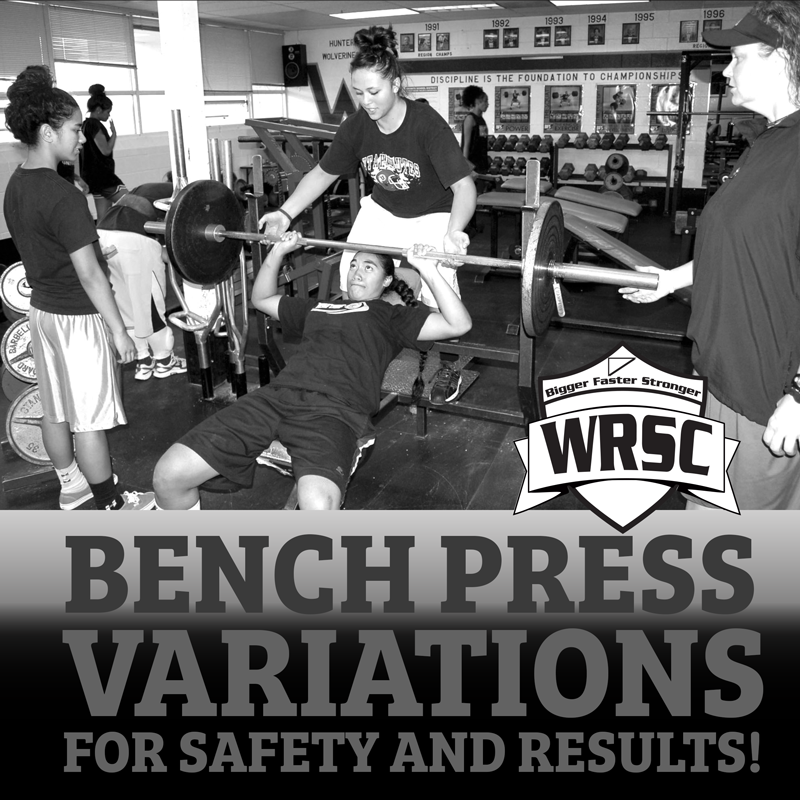Variations of the Bench Press

Being a BFS Certified Coach and Teacher is so much more than just running the team through a few deep squats or power cleans. It means having an understanding of the mechanics of the entire body and how to maximize results. As a Certified WRSC teacher you will have the tools to train students and athletes safely so they can compete at their best level on the field of play. Lets look at the th BFS approach to Bench Press.
At BFS we believe that an athlete should use a variety of bench pressing types of exercises, including the towel bench press, incline bench press, decline bench press and unilateral bench press. Using these variations helps prevent overuse injuries by stressing the joints at different angles, and also can provide resistance in positions that more closely approximate those that occur in a specific sport. We have a number of Bench Press and Lifting Accessories On Sale Now!
Towel Bench Press.
One of the criticisms of the bench press is that placing the bar on the chest places high levels of stress on the connective tis- sues of the shoulder, especially if performed several times a week. By limiting the range
of motion of the lift by placing a rolled-up towel under the shirt, or using a round towel bench pad, the stress is minimized. As such, the lift can be performed more frequently – in the BFS off-season program one common workout design is to perform the standard bench press on Monday and the towel bench press on Friday; another advantage is this sequence can often be performed year-round. Further, as with the restricted range of mo- tion of the box squat, the lift places less stress on the recovery ability and thus you could perform it the day before or even the day of a competition without adverse effects.
Incline and Decline Bench Press.
An incline press can be specific for putting the shot, and the decline press can be specific for certain swimming strokes. Because more weight can be used in the decline press than in the incline press and the conventional bench press, performing the decline press can build confidence. It’s important, however, when using the decline press that the bench be designed with an anchoring apparatus
for the legs so that the athlete does not slide during the lift.
Close-Grip and Reverse-Grip Bench Press.
Moving in the grip when performing the bench press focuses more on development of the triceps. The reverse-grip bench press involves performing the lift with the palms facing the athlete (supinated grip). Made popular by Anthony Clark, a super heavy- weight powerlifter who broke the world record with this style, the reverse grip focuses more on development of the triceps. When an athlete performs this style, it is especially important for the spotters to be careful about removing the barbell from the supports and returning it, because the change in leverage makes it difficult for the athlete to do this by himself or herself.
Unilateral Press.
This type of bench press, popular among football players, is performed on a special apparatus that enables the exercise to be performed from a standing position and also with one arm at a time. Because the shoulder blades are not pinned against the bench, the motion is more natural and places less stress on the upper body. And because it is performed from a standing position, more muscle groups are involved.
The bench press is a great upper body exercise to develop the chest, shoulders and triceps. The risk of injury and accidents can be minimized by paying special attention to using correct form, proper equipment and well-trained and alert spotters.
